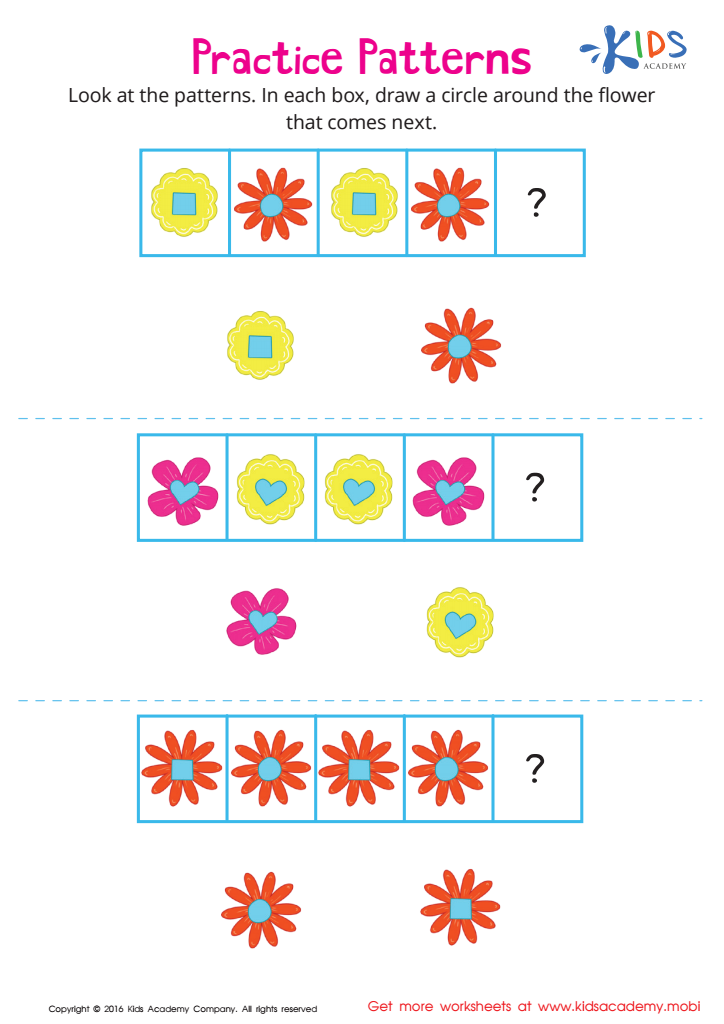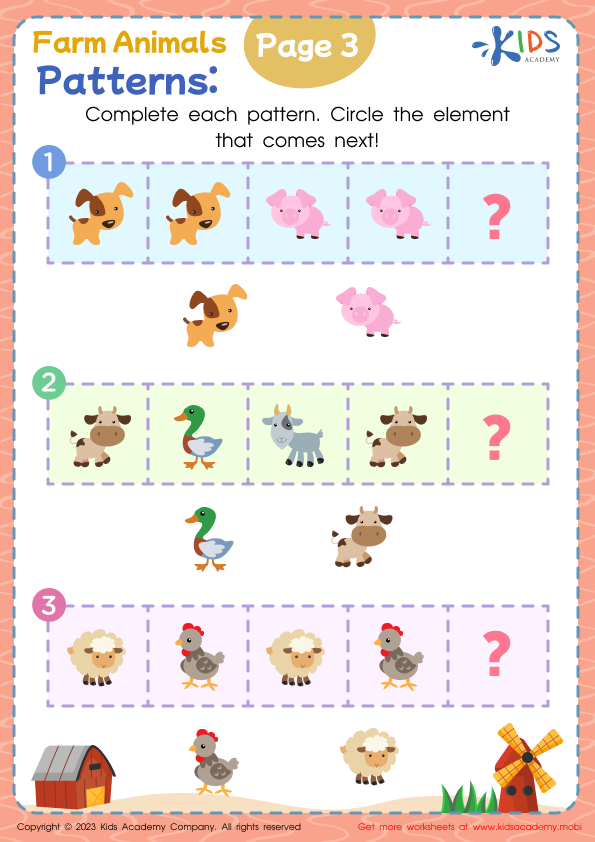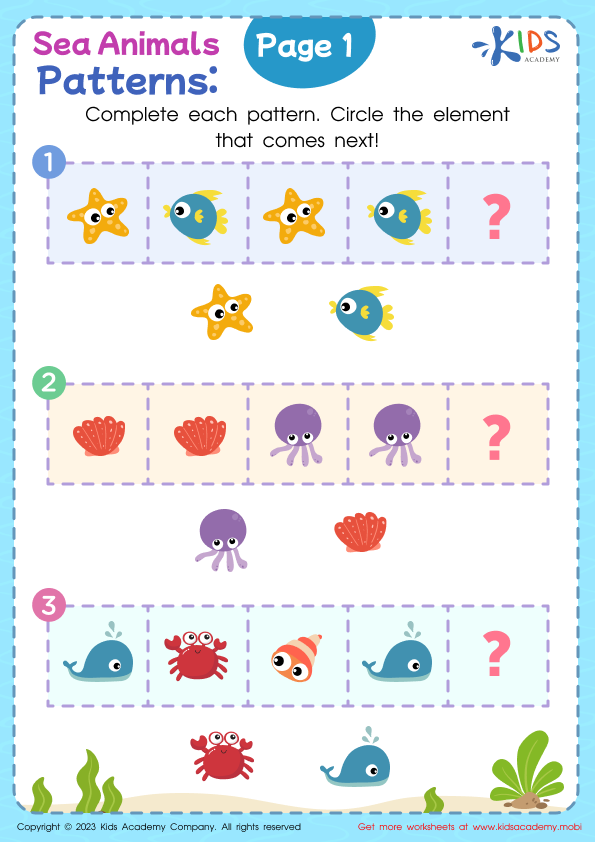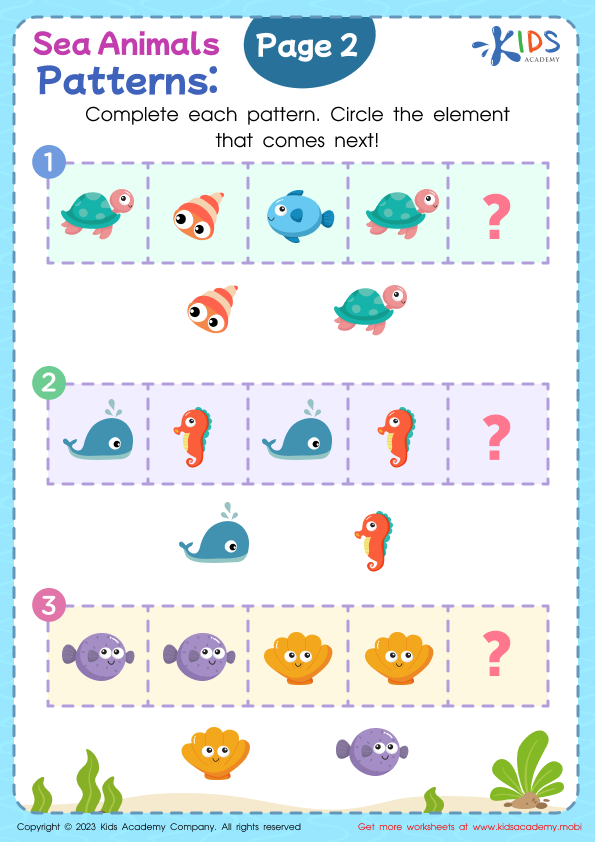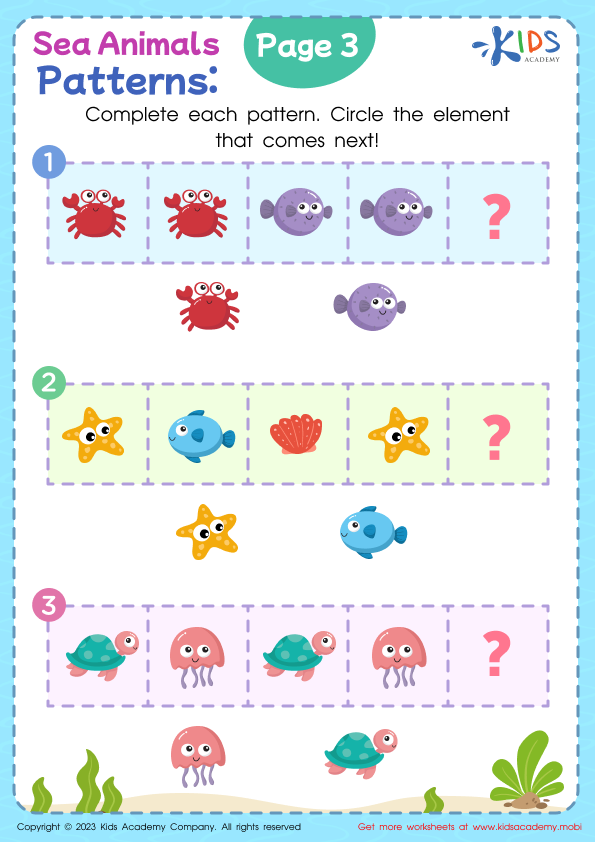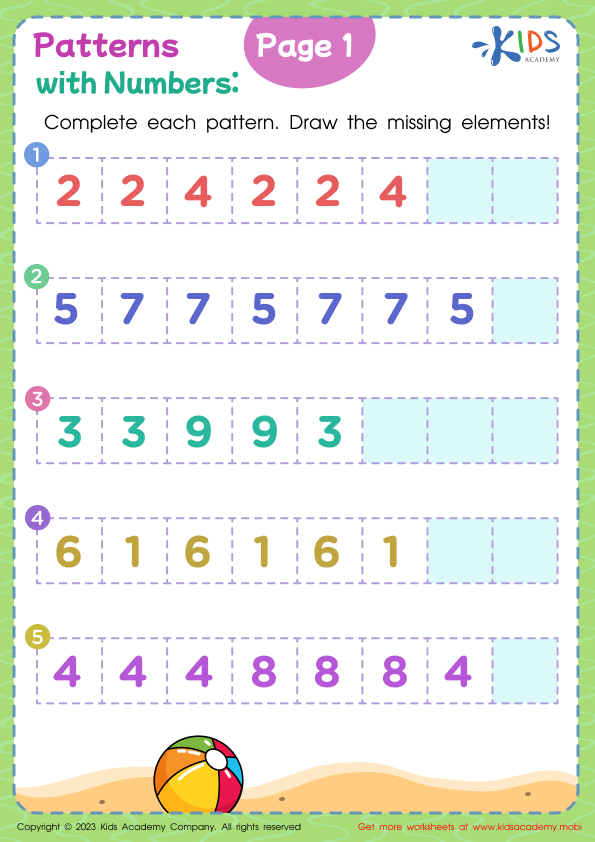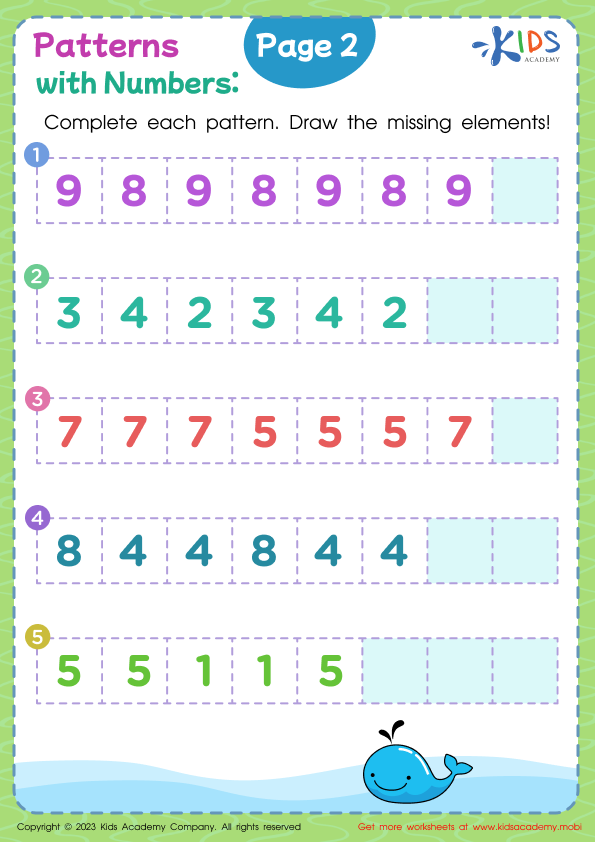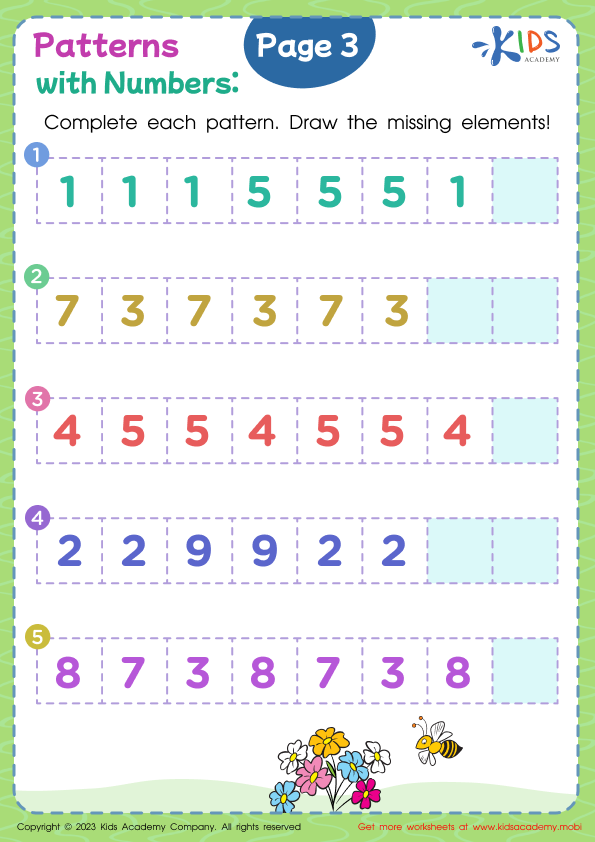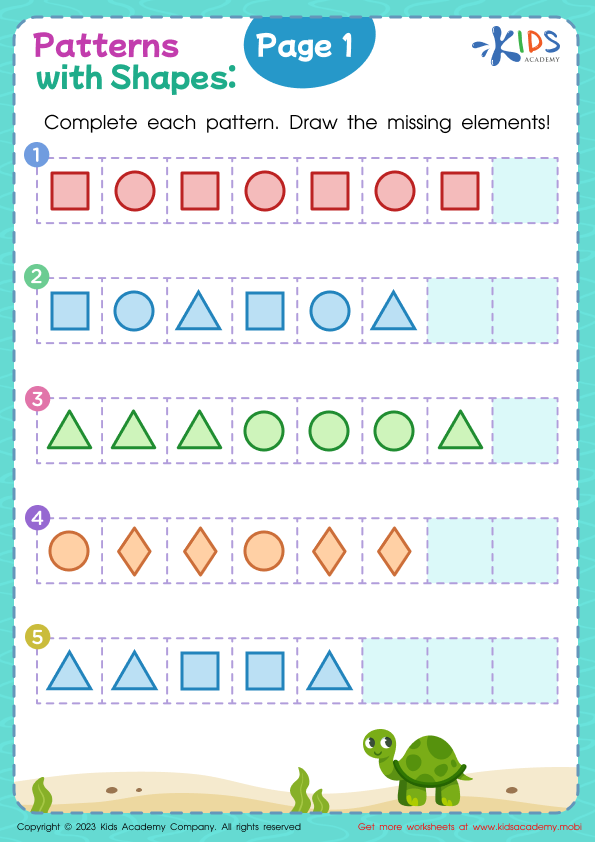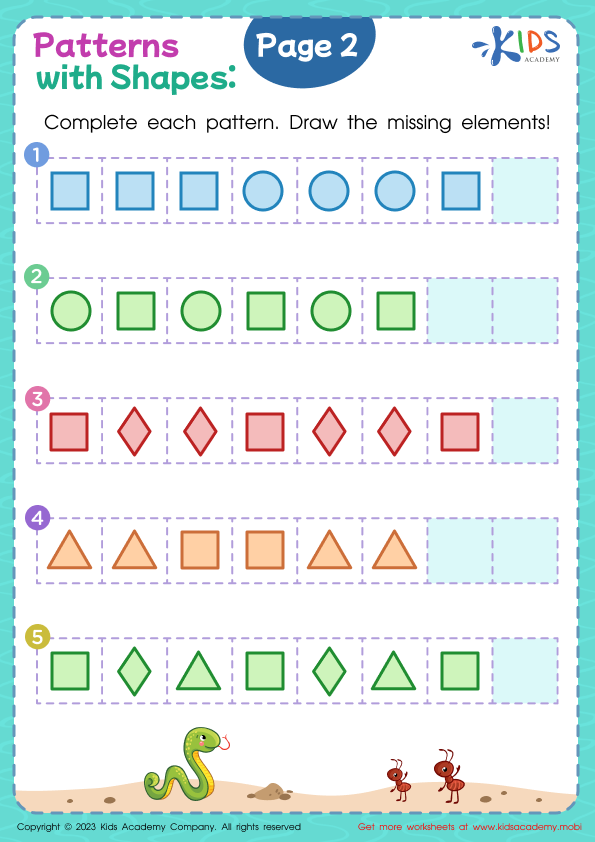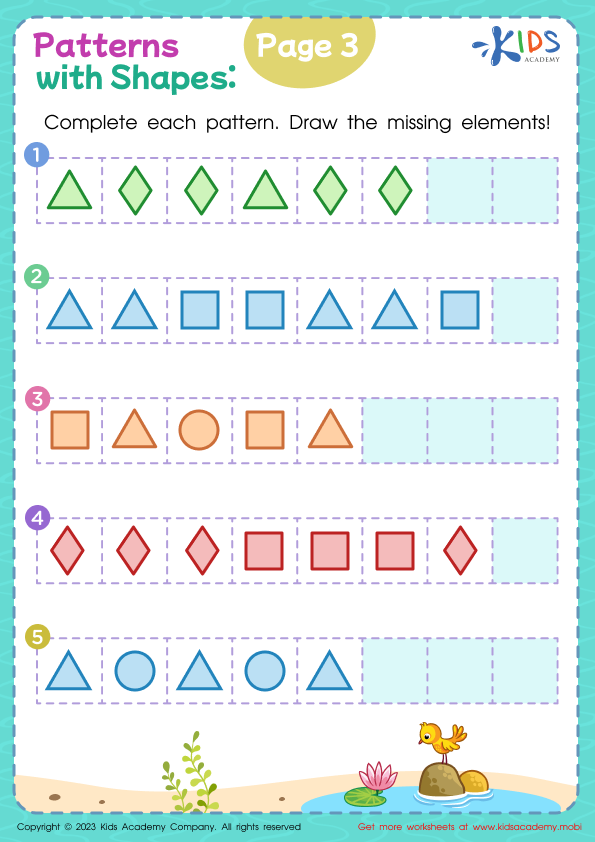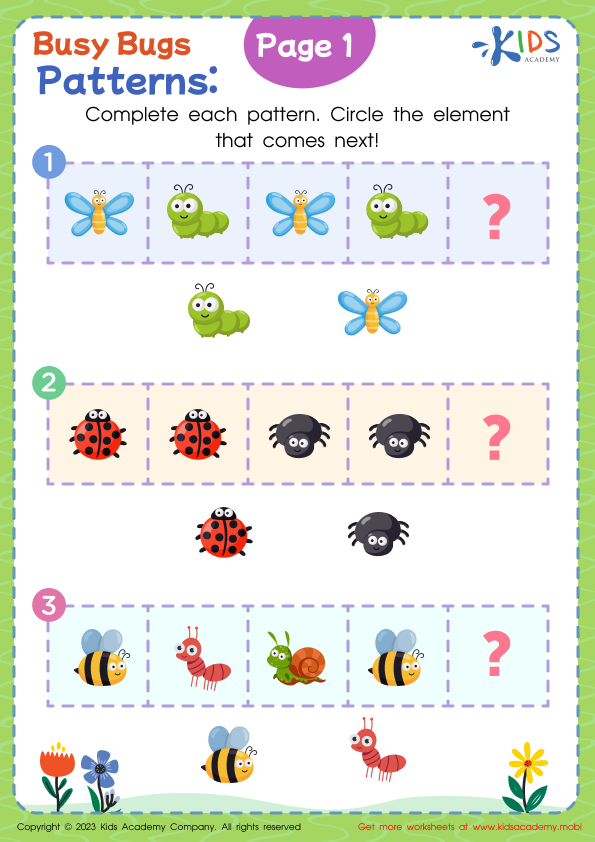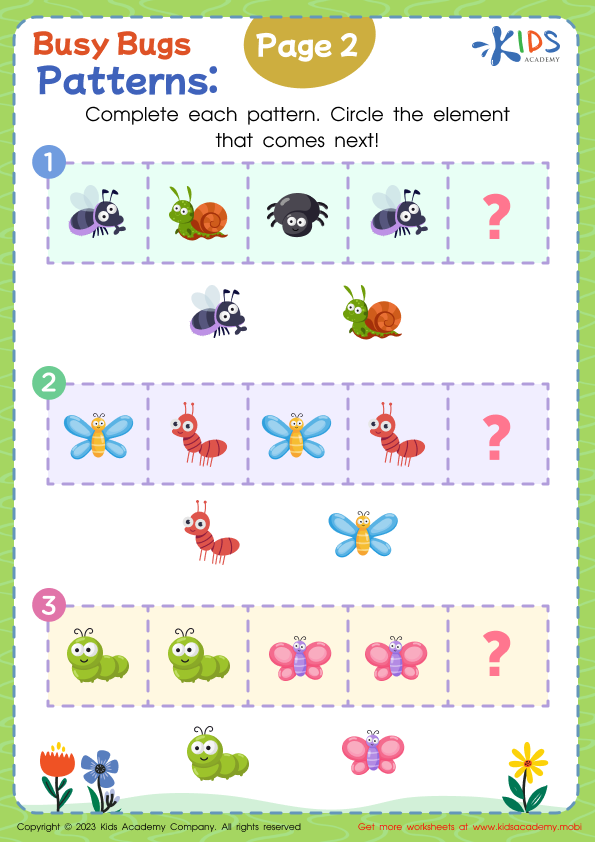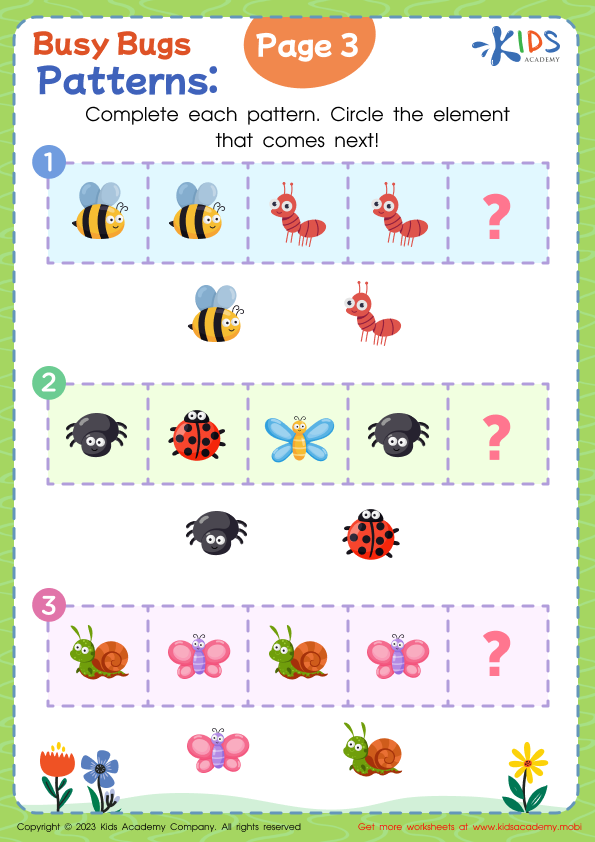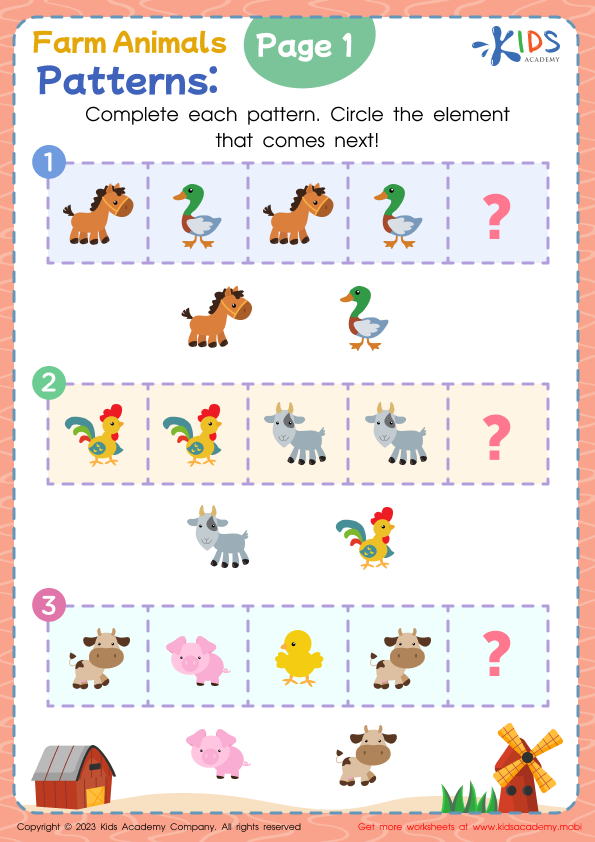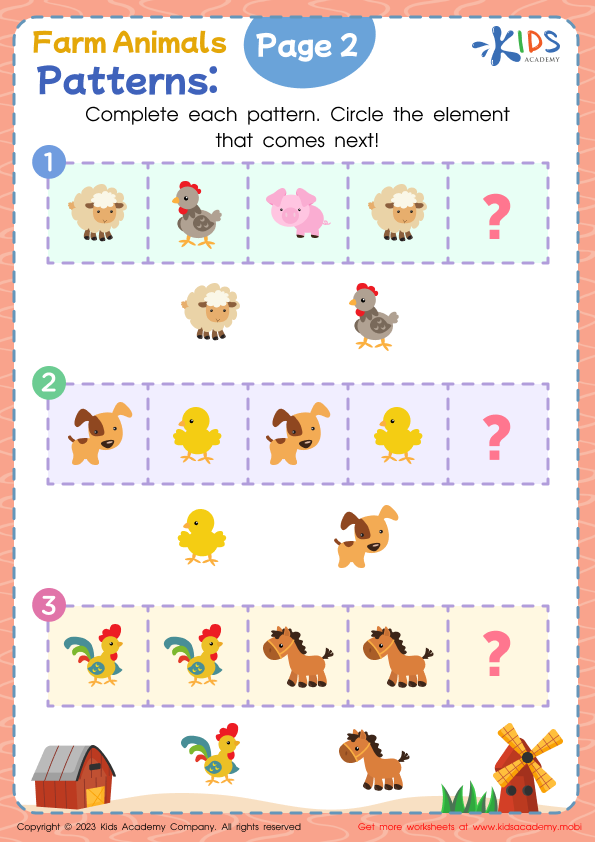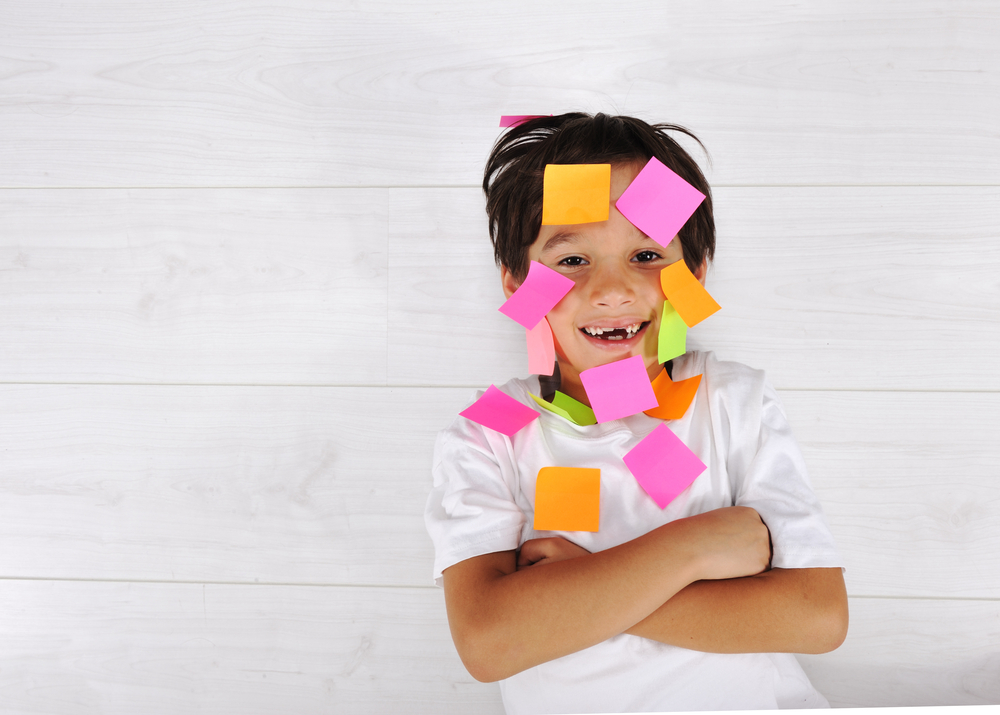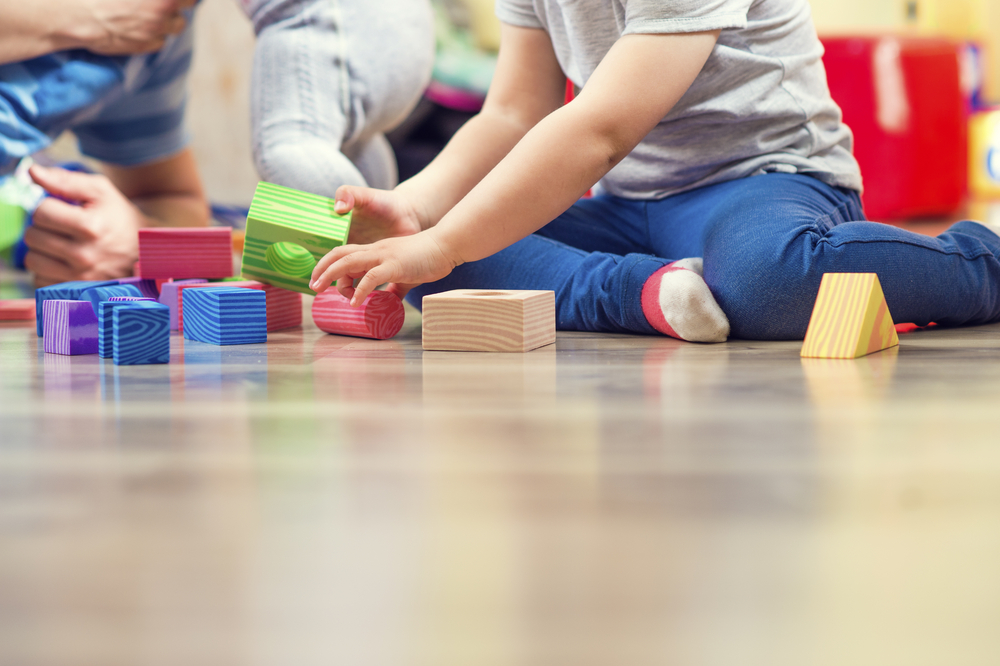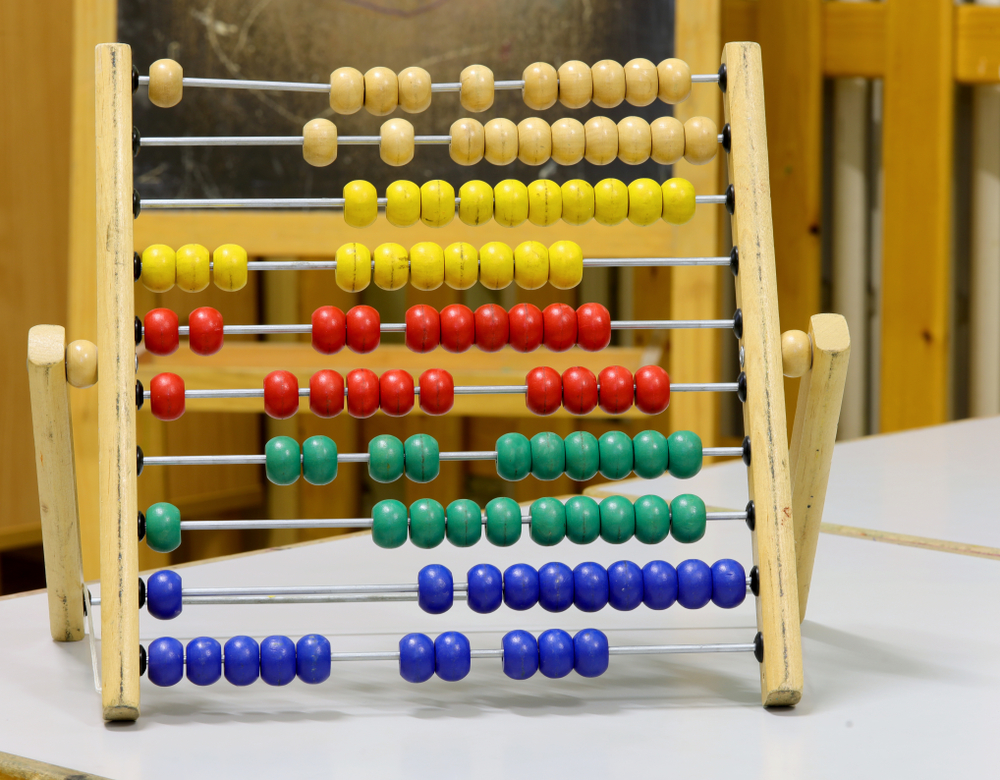Patterns Worksheets for Ages 3-9
21 filtered results
-
From - To
Unlock the power of patterns with our expertly designed Patterns Worksheets for ages 3-9! Perfect for young math enthusiasts, these engaging worksheets aim to enhance critical thinking and problem-solving skills. Explore a wide variety of patterns, from simple sequences for beginners to more intricate designs for advanced learners. Our printable worksheets are crafted to be both fun and educational, making learning a delightful experience. Ideal for classroom use or homeschooling, these activities will keep children captivated while mastering essential math concepts. Join us at Kids Academy to nurture your child’s mathematical journey with our delightful collection!
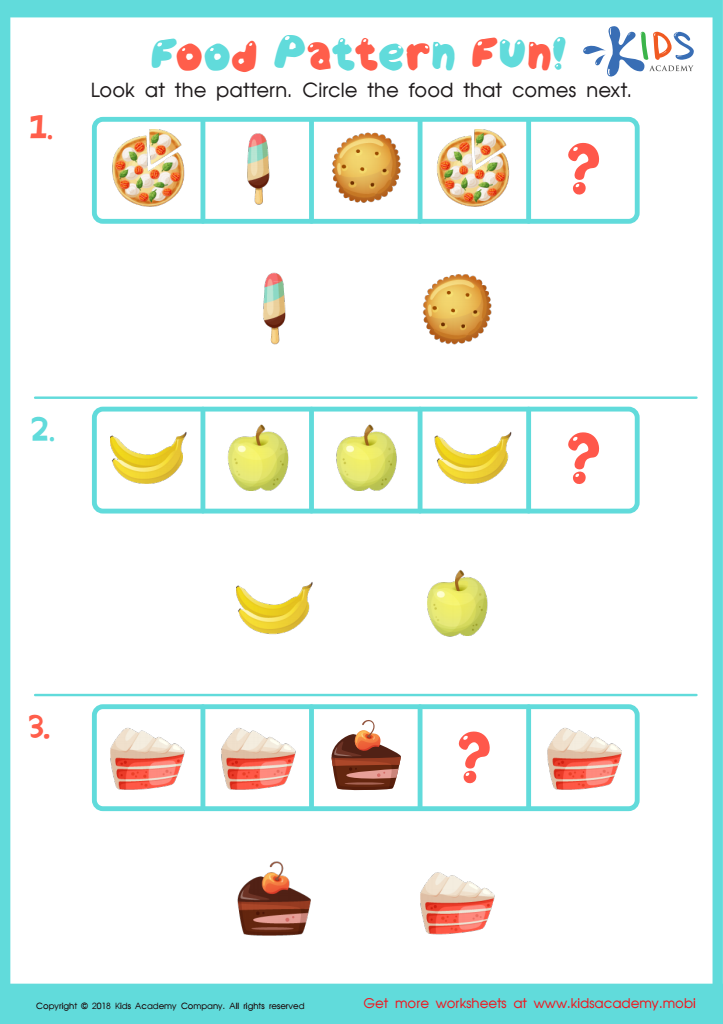

Food Pattern Fun Worksheet
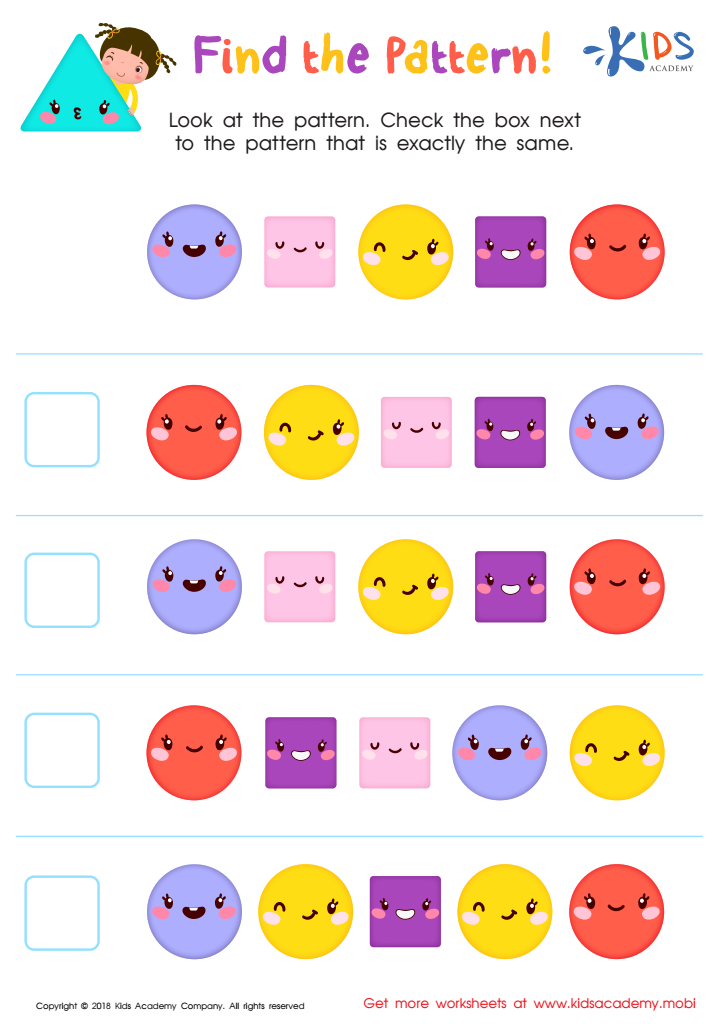

Find the Pattern Worksheet
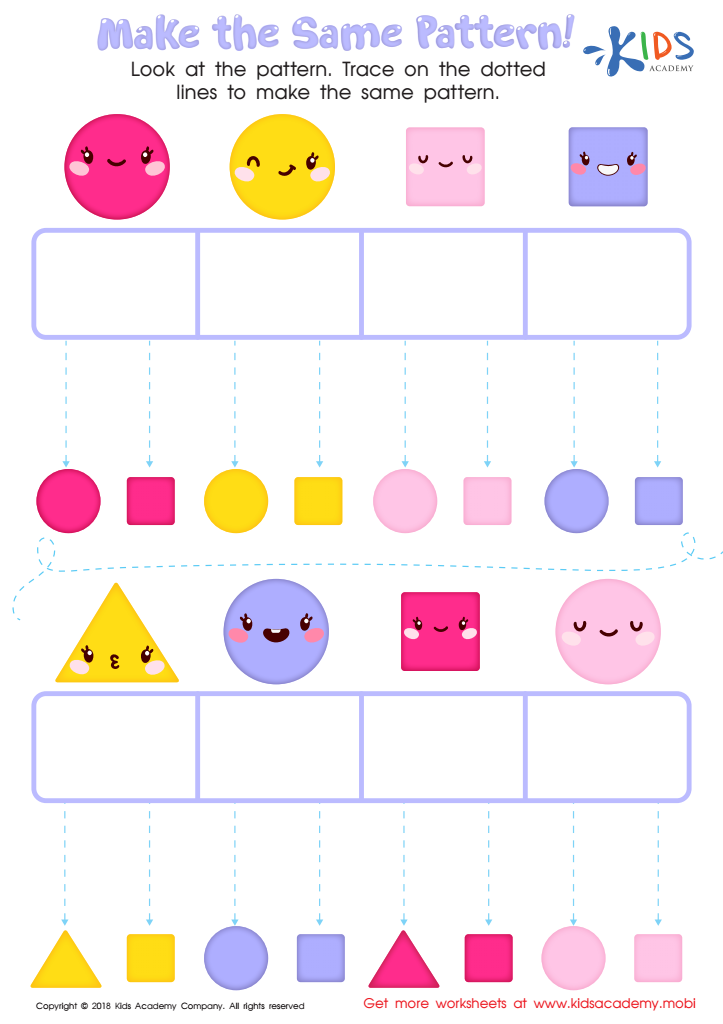

Make the Same Pattern Worksheet
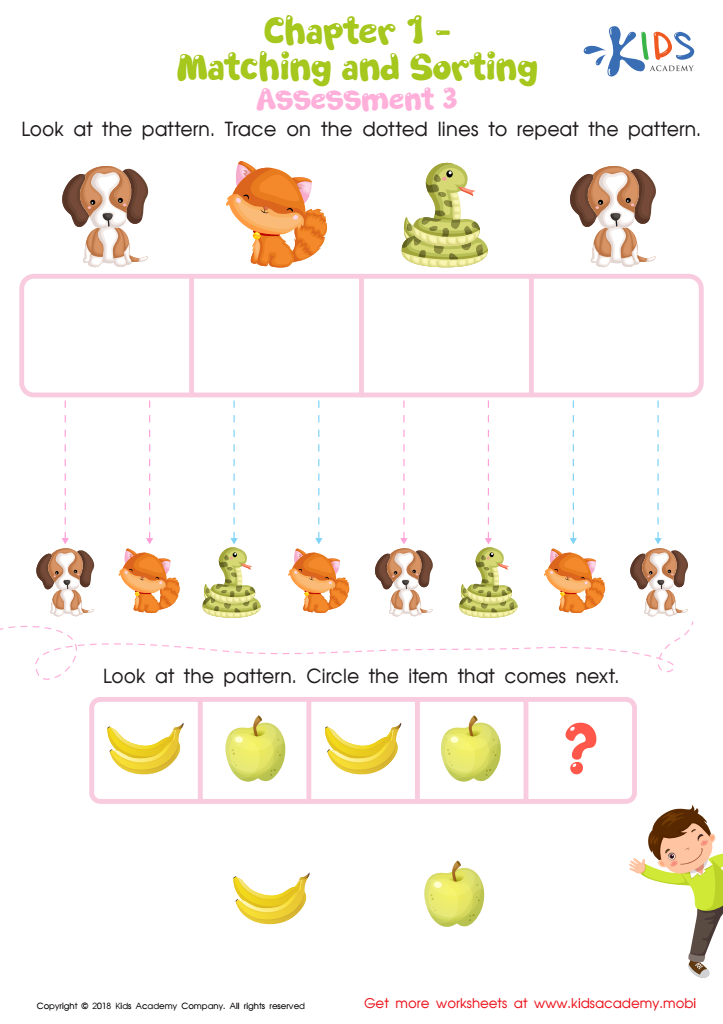

Matching and Sorting for Preschool: Assessment 3 Worksheet


Shape Pattern Fun Worksheet
Patterns are a foundational aspect of early childhood development and are crucial for ages 3-9 for several reasons. At this age, children are rapidly growing and learning; introducing them to patterns can significantly enhance their cognitive development. Recognizing patterns helps develop critical thinking and problem-solving skills, enabling children to anticipate what comes next and make logical connections.
Patterns also play a significant role in mathematics. Early exposure to patterned thinking lays the groundwork for understanding more complex mathematical concepts later on, such as algebra, geometry, and number operations. For example, understanding a simple pattern like “red-blue-red-blue” can eventually lead a child to grasp numerical sequences and relationships.
Additionally, literacy skills can benefit from pattern recognition. Language is full of patterns, from rhythmic repetition in nursery rhymes to grammatical structures in sentences. Recognizing these patterns aids reading comprehension and writing abilities.
Emotional and social benefits are also notable. Engaging with patterns in group activities can improve social interactions and collaborative skills. Moreover, successfully identifying patterns boosts a child's confidence and provides a sense of achievement.
Therefore, parents and teachers should prioritize introducing patterns to support overall developmental growth and lay a robust foundation for future learning.
 Assign to My Students
Assign to My Students
